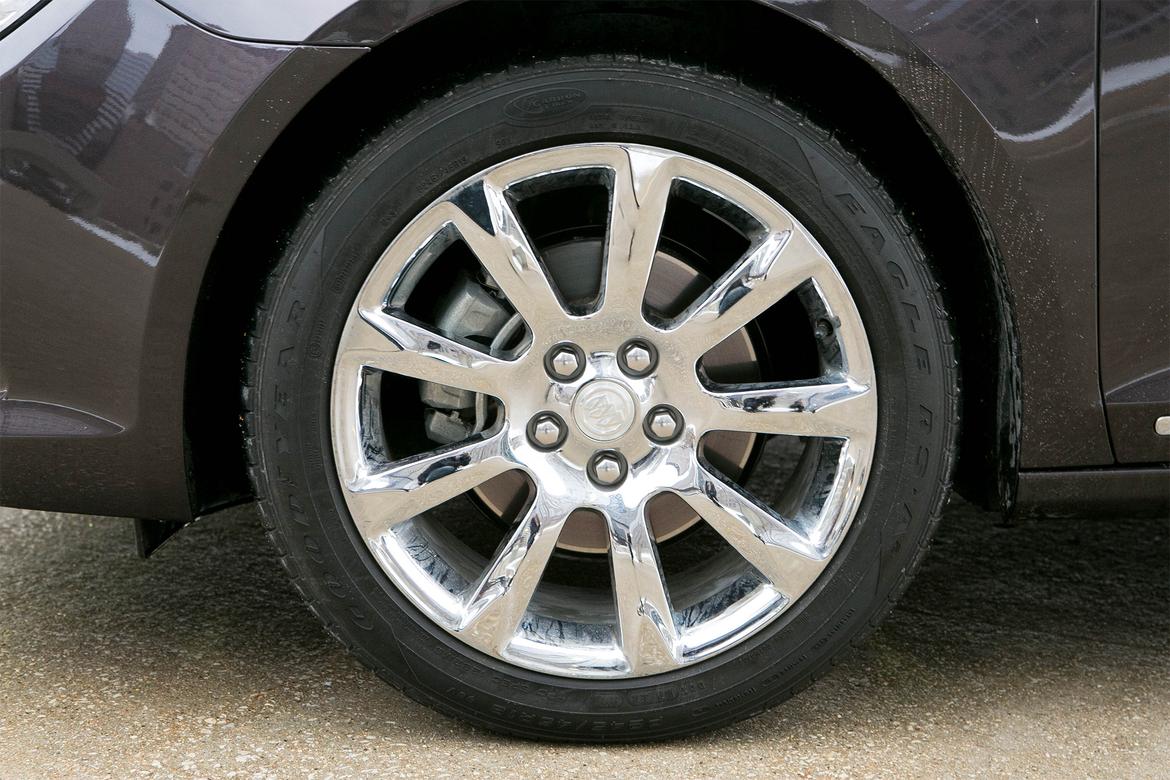Why Are My Brakes Squealing?

If you're lucky, the squealing (or squeaking) noise that your brakes make when you first drive your car in the morning, particularly after rain or snow, is just surface rust being scraped off the rotors by the pads the first few times you apply the brake pedal, or the result of moisture and dirt that collects on the rotors, including from condensation caused by high humidity. If it goes away after a few brake applications, no worries.
If the noise persists most times or every time you apply the brakes or stays on continuously while you're driving, the cause is more serious — and the fix will be more expensive.
A continuous high-pitched squeal while you're driving is usually the sound of a built-in wear indicator telling you that it's time for new pads. As the pads wear down and get thinner, a small metal tab contacts the rotor like a needle on a vinyl record to warn you it's time for new pads. (Some wear indicators may work differently and engage only when you apply the brakes.)
Other squeals and squeaks will require a brake inspection to diagnose, and may require cleaning, lubrication or adjustment, and possibly new parts. Most brake noise is caused by worn or loose parts.
For example, an unevenly worn rotor (often referred to as "warped") won't let the brake pads press flat against the rotor when you apply the brakes, and that can create vibrations that generate noise. Likewise, an unevenly worn pad won't press tightly against the rotor and may chirp. Another possibility is that the pads are loosely mounted, or the shims that hold them in place have corroded or become loose.
And then there are the pads themselves. Some mechanics warn that bargain-bin pads are more likely to be noisier than higher-quality, more-expensive pads. In addition, loose or sticking calipers can contribute noise.
Because there are several possibilities, and because brakes are a crucial safety feature, it is best to have a pro diagnose noise.
A grinding sound usually means that the pads have worn away, and now the backing plates on which they were mounted are being squeezed against the rotor. This metal-to-metal contact means that you will need to replace the rotor as well — and that you probably ignored some earlier warning signs of brake wear.
2016-08-22 21:56:49
ADD:No. 1, Xiaban, Xiufeng Village, Shekou Town, Fu'an City, Ningde City, Fujian Province TEL:0086-0593-6388368||6558596 FAX:0086-0593-6338966 E-mail:brake@fjhuari.com / huari3348@126.com
Copyright © 2013 Fujian Huari Automotive Parts Co., Ltd. All Rights Reserved.
Copyright © 2013 Fujian Huari Automotive Parts Co., Ltd. All Rights Reserved.






